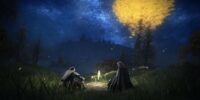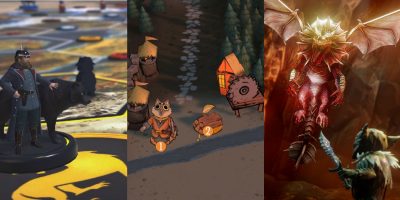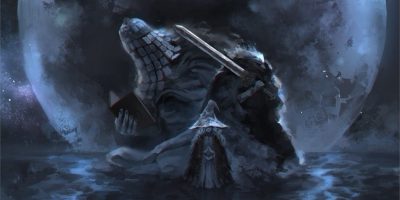
When FromSoftware announced Elden Ring back in 2019, one of the biggest details that got people’s attention was that it was being done in collaboration with none other than acclaimed fantasy author George R. R. Martin. Reactions from fans ranged from shoulders being dislocated because of how hard they were fist pumping, to haughty judgmental sneers as they realized that Martin might do just about anything that isn’t finish Winds of Winter. But how much involvement did Martin actually have? Let’s take a look at the concrete involvement he did have.
Explore the expanded lore by checking out these side quests, as well as these optional bosses
The Myth Maker
When the words “A new world created by Hidetaka Miyazaki and George R.R. Martin” came on screen, a lot of us assumed this meant the two of them would be co-writing the game, perhaps equal partners in its creation. However, the real division of creative ideas came in a different package. While Miyazaki was certainly the creative head of the project, Martin’s role was one of world building. Sure, perhaps it’s a bit of a let down that Martin didn’t get to leave his fingerprints on the actual narrative experience you play through, but creating a fictional history that makes a world feel lived in is one of Martin’s strongest creative talents and one of his most beloved past times.
Elden Ring, features an enthralling backstory that has unfolded before your Tarnished even begins to draw breath. The Night of the Black Knives, the Shattering, and the emergence of the Erdtree all make you feel like you’ve entered a world already rich with history and well-trodden by hundreds of others before you.
Compare that to the world building of A Song of Ice and Fire. From the first book you already feel Westeros, like the Lands Between, is an established place that’s already experienced its fair share of history. What drives both stories forward are dramatic events told only through re-tellings that are captivating enough to warrant their own novels and spin-offs.
Elden Ring makes your character feel like they are simply another soul in this world and as you grow in power you start to feel like you’ve earned the title of protagonist, and that feels so palpably like the work of Martin’s world-building.
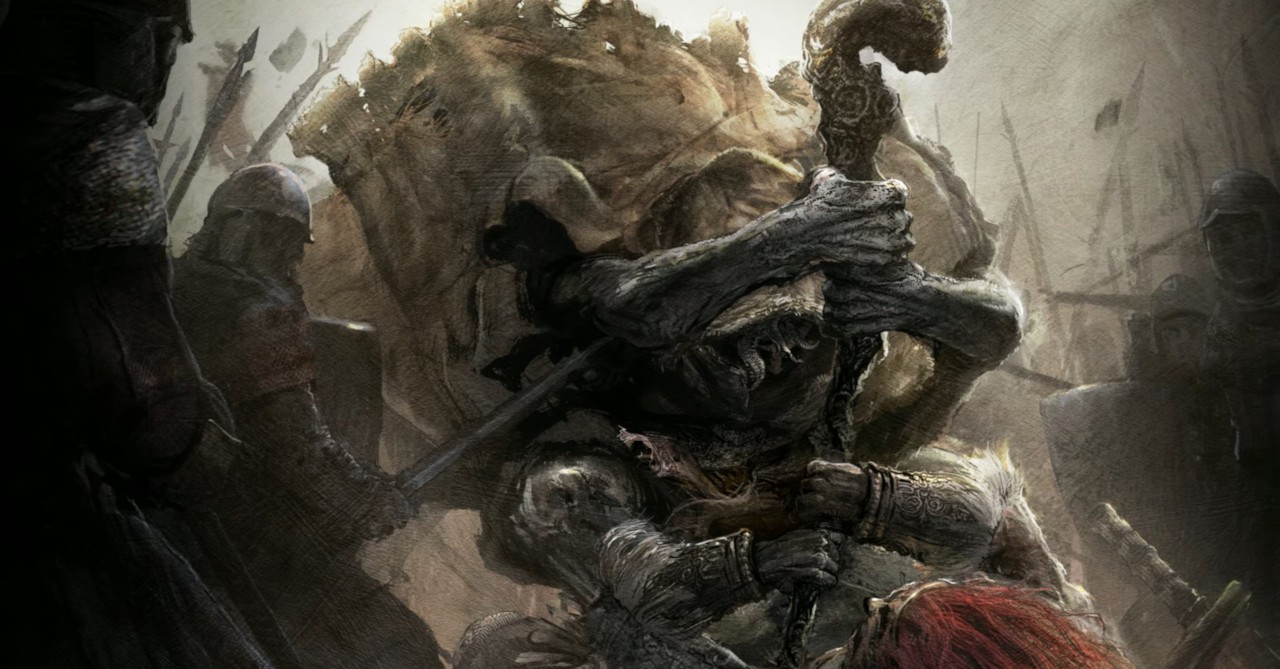
Not the Master but the Guide
Miyazaki had said in an interview that Martin’s creative input functioned similarly to a campaign guide book for the Dungeon Master of a Tabletop RPG. We’re assuming that means that Martin created the stencil in which the story would exist in. Maybe that means he created the landscape, some of the characters, maybe the Night of the Black Knives was entirely his idea. That’s just it though, it’s hard to tell. Any good DM will tell you that campaign guidebooks are just that, guides. Dungeon Masters can and do change things entailed in their guidebooks so while the comparison made by Miyazaki feels astute, it also paints Martin’s involvement as pretty amorphous and hard to pin down.
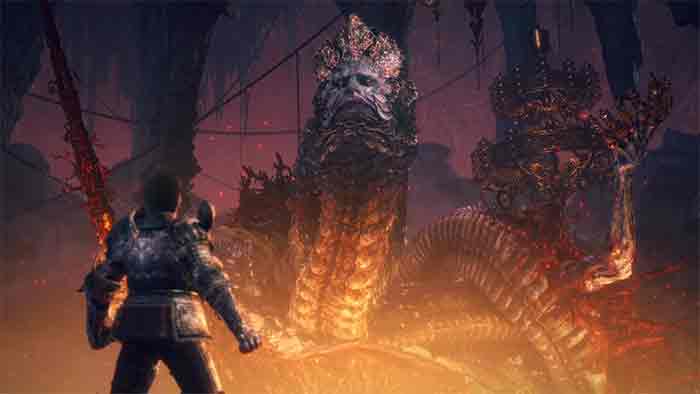
Some people criticize those early trailers propping up Martin’s name as a marketing tool to draw in more people. A sort of literary stunt casting, if you will. Martin himself admitted on his blog back when the game was first released that his involvement in it was minor.
Elden Ring doesn’t differ too much from Dark Souls tonally either, which seems to suggest that Miyazaki had more creative input than Martin. However, fans who are familiar with George R.R. Martin’s wider canon can discern a tonal difference between Elden Ring and Dark Souls, as well as recognizing traces and shadows of his influence throughout the game. From the Night of Black Knives feeling reminiscent of The Red Wedding, to the fact that there is a great sword that’s actually a bunch of normal swords grafted together, which feels a lot like a big spiky iron throne we all know and love.
The Collaboration Was the Point
The fact that it’s nearly impossible to delineate the line between Martin’s ideas and Miyazaki’s ideas should be viewed as a point in the game’s favor. After all, the fact that these two fantasy mega minds, each with their own unique voice and style, were able to create a project of this scale and the end result feel so cohesive and unified is a testament to their ability to collaborate. Had it been easy to separate which ideas were Martin’s and which ideas were Miyazaki’s, the world would’ve felt disjointed and artificial.

If the issue was that the game didn’t feel like George R.R. Martin’s style at all, that would be a different story. That accusation is hard to back up unless you meant that the game didn’t feel at all like Game of Thrones. Even if Martin had been a full co-creator of this game, you still would never be able to prove just how many of Elden Ring’s concepts were born of Martin’s brain. That is unless one of them came out and specifically outlined in great detail who added what, but at that point what would we want that for?
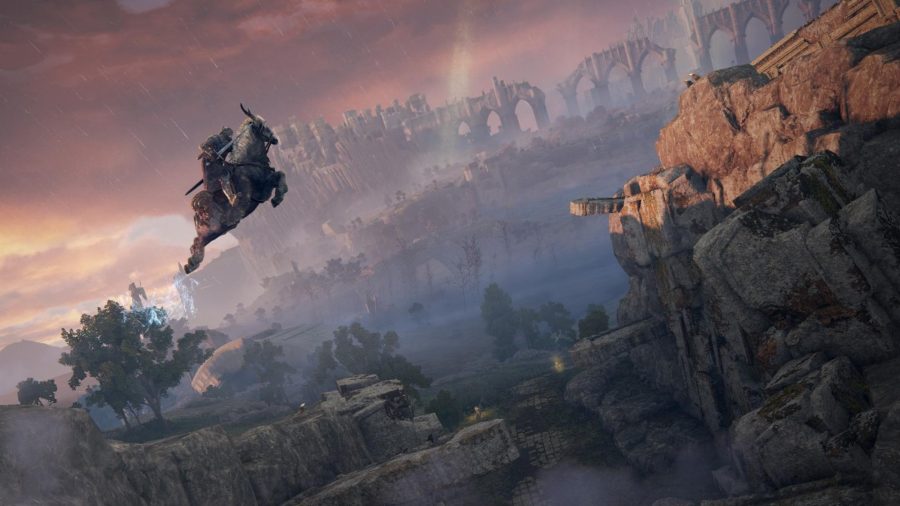
It cannot be ignored just how robust and well realized the world of The Lands Between is. For an open world game of this size, the details all hold together remarkably well. The end result is that Elden Ring is one of the most popular video games in history. So much of that love is for its sweeping story and deep set lore. Isn’t that what we all wanted the game to be?
Ultimately, Martin had a hand in creating something brilliant.
Just like Westeros, this world is dark and full of terrors. Jump back into Elden Ring and see if you missed any of these optional bosses



